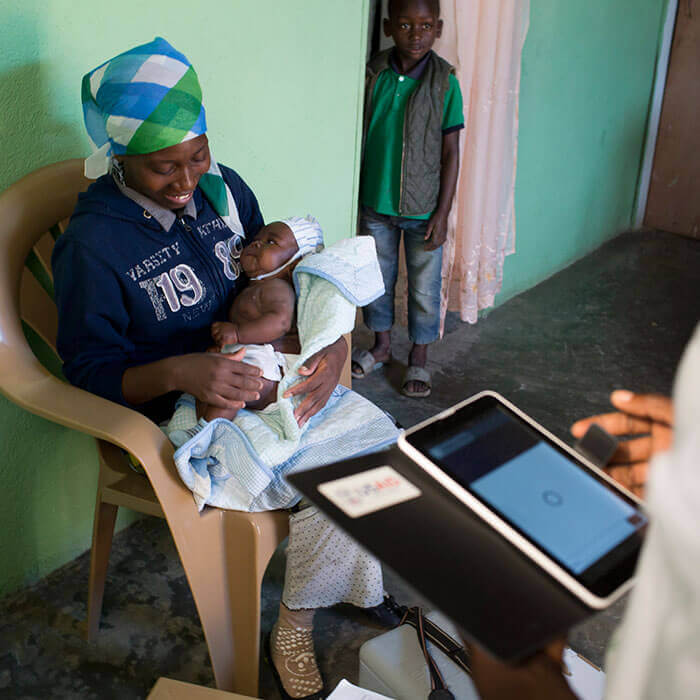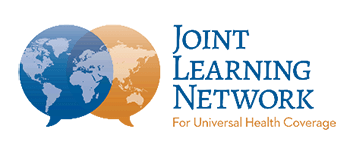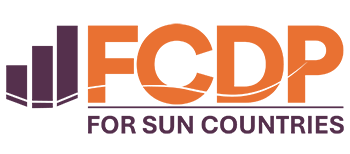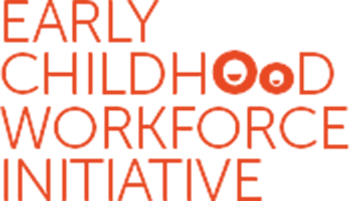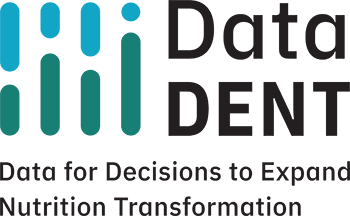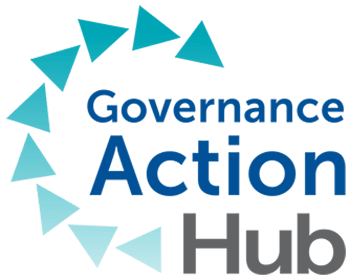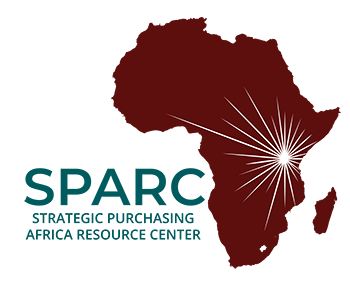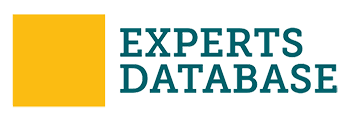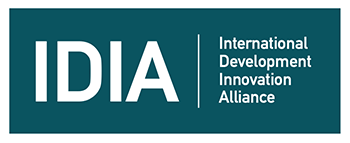The Investment Framework for Nutrition estimates the additional amount of resources needed to achieve the World Health Assembly targets for nutrition. R4D is tracking donor disbursements towards these targets in support of global resource mobilization and donor coordination.
The Challenge
Malnutrition is a pervasive and neglected development problem. Although nutrition interventions have enormous potential to save lives and boost prosperity, improving nutrition has historically been a relatively low priority for country governments and donor organizations. Part of the reason for this is because relatively little is known about the costs to improve nutrition, the return on investment, and the financing landscape at global and country level including which partners are contributing to the cause and by how much. Additionally, it is difficult to monitor progress towards intervention scale-up and the financial contributions associated with scale-up.
The Opportunity
The Investment Framework for Nutrition was developed through a joint research effort between the World Bank Group, Results for Development Institute, and 1,000 Days, with financial support from the Bill & Melinda Gates Foundation and the Children’s Investment Fund Foundation. The framework estimates that an average additional investment of $7 billion is needed to achieve the World Health Assembly (WHA) targets for nutrition. For traditional donors, the most ambitious financing scenario suggests that donors would need to contribute an average additional investment of $3 billion per year to help fund this scale-up along with other sources. This represents a quadrupling of donor funding.
With this framework in place, it is now critical to monitor progress towards the financial benchmarks set to achieve the WHA targets. By monitoring progress on financial commitments and disbursements, the nutrition community has access to critical data to inform resource mobilization and advocacy strategies needed to support nutrition scale-up.
Our Work
With support from the Bill & Melinda Gates Foundation, R4D is tracking donor disbursements to the WHA nutrition targets. Routine data on aid for nutrition can help assess whether the global community is on track towards the targets, support donor coordination strategies, and can help ensure funding is allocated efficiently to places in most need.
Findings from this work are published for donor disbursements each year. Please visit the related resource page to see our latest analysis, methods, supplementary materials, and archive of past reports.


